Inspire middle east
Beirut is known as the Paris of the Middle East, where culture flows through the DNA of its people. Elie Saab, the world-class Haute Couture designer is a shining example of this.
Elie Saab’s flagship headquarters in Central Beirut represents the complexity of a man, who is minimalist in nature, but passionate about intricate details. The 300 strong team dedicated to exclusive clothing breathe life into shimmering dresses, sharing his passion for style. The team has members with three decades of embroidering experience who, along with a team of 50 experts, painstakingly embellish each layer of fabric. Elie Saab’s vision makes luxury more than a state of mind, it is a reality and a business.
The home of an icon
Following Middle Eastern tradition, our team was invited for a morning coffee and chit chat at the designer’s home.
Walking into Saab’s house immediately reveals another of the artist’s passions…architecture.
“I do architecture also – to do dresses, it’s kind of like architecture too,” explains Saab.
Saab’s story is well-known; the icon started designing for his sisters at 9 years-old and began his atelier at eighteen in the middle of the Lebanese civil war. Saab affirms that he has felt comfortable doing dresses since childhood: “for me, it was something very easy”.
Reflecting on the past and on the current status of the industry, the artist discusses the importance of having an identity. He also remarks on how talented new generations are, impressing his precious advice on emerging designers, which is: “to listen, to stay calm, to stay modest”.
Elie’s son, Elie Saab Jr., is the brand’s marketing director. Sitting next to his father, he describes how Elie Saab’s career is essentially a lifetime of inspiration and he highlights the tremendous effort his father had to put in to build such an empire.
Elie Saab has become an international label. Saab believes that the presence of his children in the business gave it another “flavour”. He says this familiar environment helped him feel more relaxed and proudly states how his children are the company today.
Elie Saab Jr. “translated his vision online”, a milestone he thought was important for the label to keep moving forward.
Saab’s brand has built a solid base of loyal fans and has held various initiatives to have an impact on their lives.
“The girl of now initiative highlights women’s success stories in various fields. We see that we have an audience that is very important that is between 18 and 25 years old on social media that look up to the brand (..)”. Elie Saab relies on the value of portraying powerful and successful stories of women, to inspire young women to become success stories themselves.
The designer believes that women have another dimension nowadays and that their power is more visible than ever.
Behind the Elie Saab brand, Claudine Saab, wife, and mother, has played a central role in the development of the business.
“Claudine is my eternal muse because our relationship is very special”, Saab explains how she is more than just a wife, “without Claudine it wouldn’t be the same”.
Conservative is the new cool
Conservative dressing is a growing trend in the United Arab Emirates. Young women are covering up and making it trendy.
As seen on the streets of the UAE, and according to a Reuters report into the state of the Global Islamic Economy, the region is positioned to capitalize the potential growth of the ‘modest apparel’ sector.
By 2022, Muslim spending on conservative clothing globally is expected to reach $373 billion and the UAE is striving to become Islamic fashion’s regional hub.
The concept of modesty goes beyond non-transparent clothing and covering the body’s curves, “it really has very little to do with dressing. It does not mean hijab, it means the way that somebody lives their lives, the way they carry themselves. There is so much more to it than just a scarf or lose clothing”, explains fashion designer Safiya Abdalla.
At her runway shows, not all of Safiya’s models wear hijabs, because, for some, modest fashion is a lifestyle, while for others it’s rooted in religion. With only a few models follow the trend, many designers are courting social media influencers to ‘wear and share’ their clothes on the social cloud.
“There’s a lot of pressure…You have to keep current and keep posting every day. People want more, this millennial generation wants more and everything is so fickle. One day something’s trending, the next day it is not.” Explains Mariah Idrissim, hijabi model, and influencer.
According to Middle Eastern designers, fashion followers will be wearing embroidered jalabiyas and layered separates in pastel tones this season.
European fashion houses are also keen to tap into the Muslim clothing industry, which is estimated to account for around 11% of the global market’s expenditure. One of the first to do so was Dolce and Gabbana back in 2016 when they launched a range of audacious hijabs and bold, statement print abayas.
Social eyes: Inspired talent trending online
Take a closer look at some examples of what has inspired The Middle East on social media this week.
Une publication partagée par Make up Artist Bakinskaya (@makeuphabiba) le 5 Févr. 2018 à 10 :39 PST
Une publication partagée par MERIAM BELHADJ ? (@meriambelhadj) le 6 Févr. 2018 à 3 :38 PST


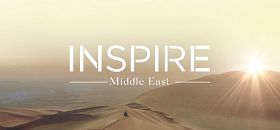

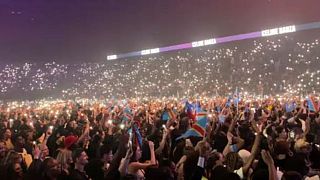
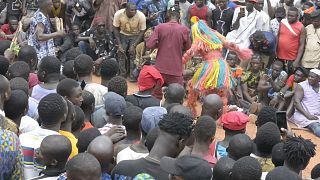
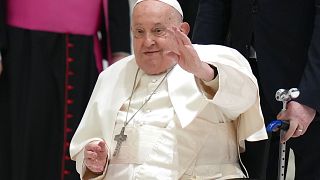
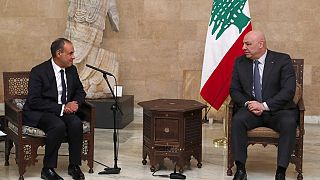
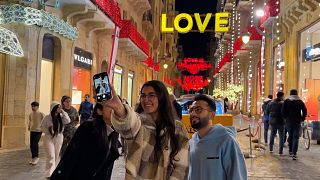
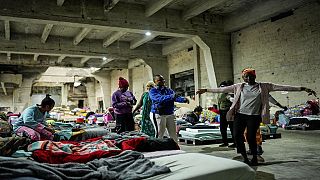
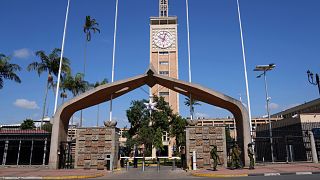


00:00
Pics of the day: April 18, 2025
02:18
Togo international fashion week focus on breast cancer prevention
Go to video
Study finds dangerous chemicals in synthetic hair brands
01:00
Peanuts and high fashion collide in new Snoopy exhibition in Paris
01:00
New York Fashion Week haute couture show for pets
02:18
Hamish Bowles curates 53 fashion treasures at Marrakech museum